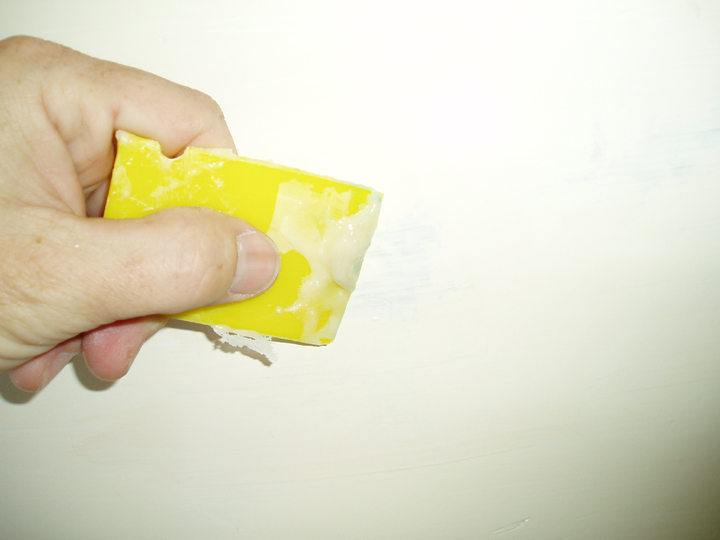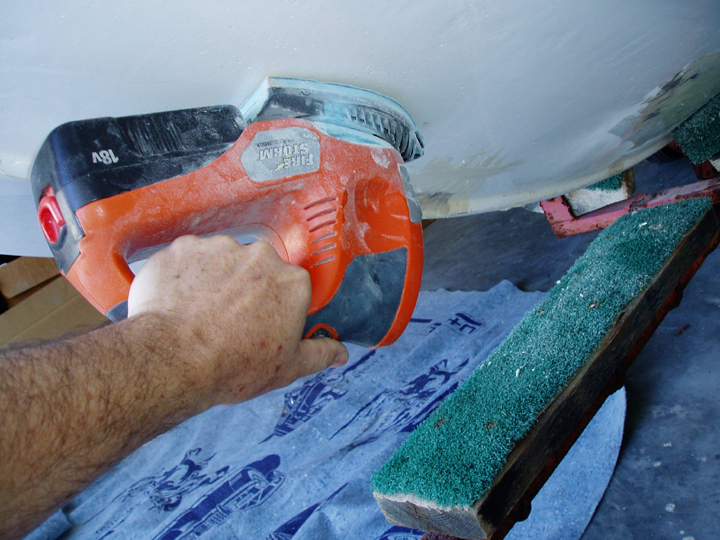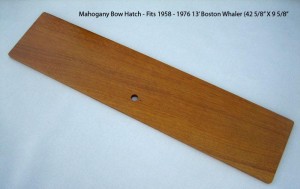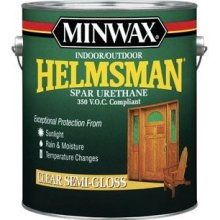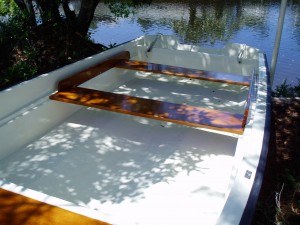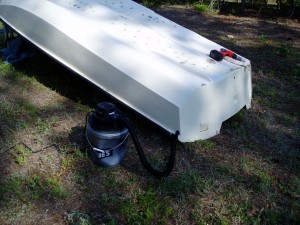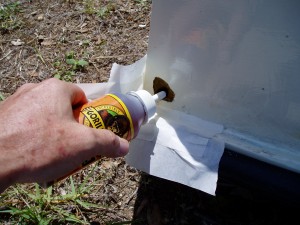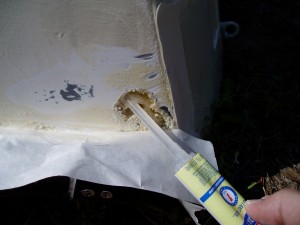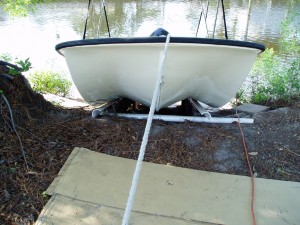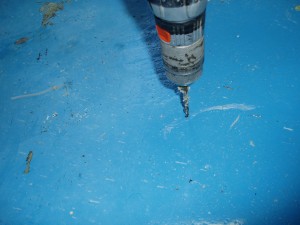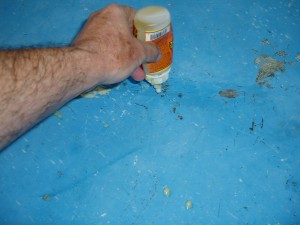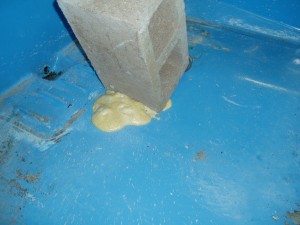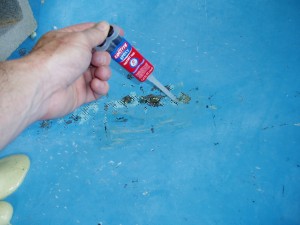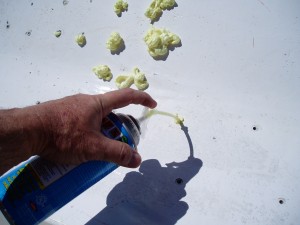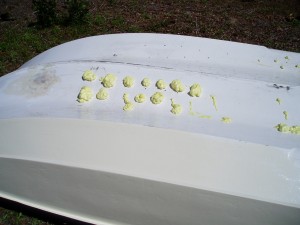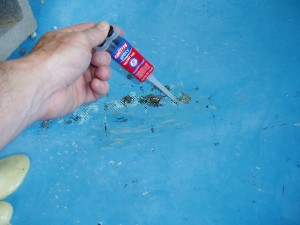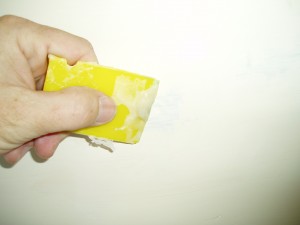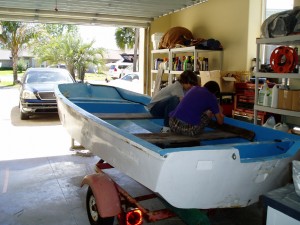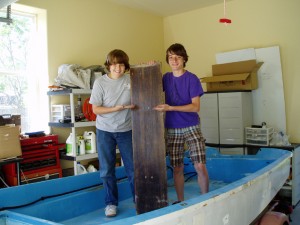Installing a new rub rail or bumper on a Boston Whaler is not really that difficult. If you have an older model then a new rub rail will update the boat as well as provide more protection than the smaller original rail. If you are restoring a boat then you will of course want to replace the rub rail especially if the existing one is old or damaged.
We purchased our rub rail material from Jamestown Distributors. We bought the largest that would fit on the rail of the boat. The rub rail consists of two parts. A main piece that goes on first, and a tube of the same type material that fits into the first piece. The idea is that the main piece goes on and you glue and screw it in place and then the tube goes in and covers up the screws and provides additional protection. Once you get the kit you will immediately see how it works.
Installing the main piece was very easy. It helps to have two people so that one can pull the rub rail around the boat while the other applies 3m 5100 caulk to the boat and then screws in the piece. Use plenty of 3m 5100 but not so much as to have it ooze out the edges when you put your screws in.
As you can see from the picture above the process is simple. Just caulk and screw until you reach the other side. By the way, make sure you have premeasured to that when you get to the other side you have more than you need and not less.
Having someone pull the material around is helpful. Especially on the curves. I used extra 3m 5100 and more screws on the corners and front of the boat. If the rail rubs the ground it will get scratched up but don’t worry about it. It cleans back up and is going to get scratched anyway.
I spaced my screws about 6 inches apart. Make sure to use plenty. They should obviously be stainless. Since you caulk first the screw goes through the caulk before going into the boat thus forming a seal.
Once you reach the end just cut off what you don’t need and finish screwing. Now you are ready for the fun part. Putting in the round portion of the rub rail. I tried several methods and finally found one that worked. It involved a hammer and a helper. Keep in mind that the rub rail material is tough and strong. Also, the round portion fits very tightly into the main piece. I found that the secret to getting it into place is to get the tubing started and then have someone stretch the tubing while I hammer it into place.
Like I mentioned before, this part takes a little time a patience and a hammer but if you stretch the tubing at the same time you hammer it becomes much easier. Soapy water helps a little.
Work your way around. When you get to the end you can cut off what you don’t need. Make sure to let the tubing pull back some since you stretched it. Then just cap the ends and you are done.
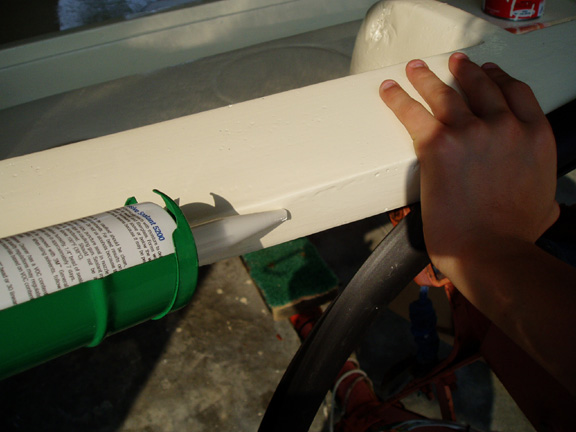

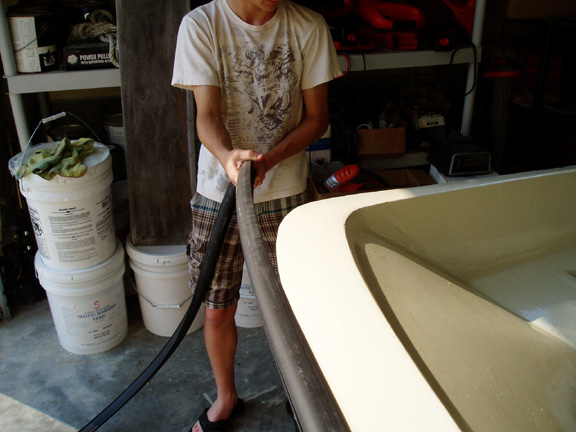
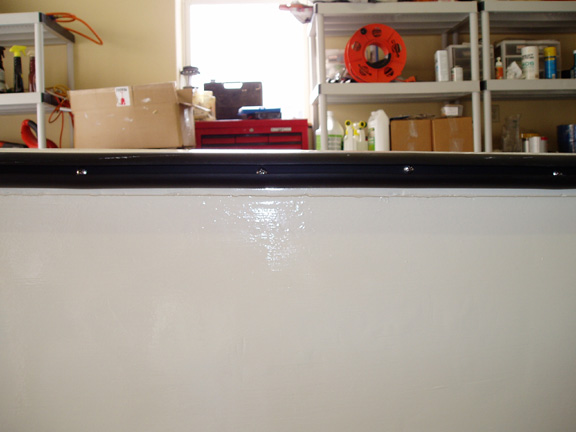

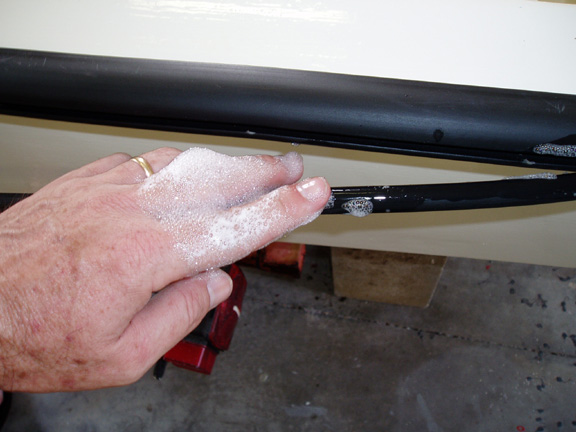
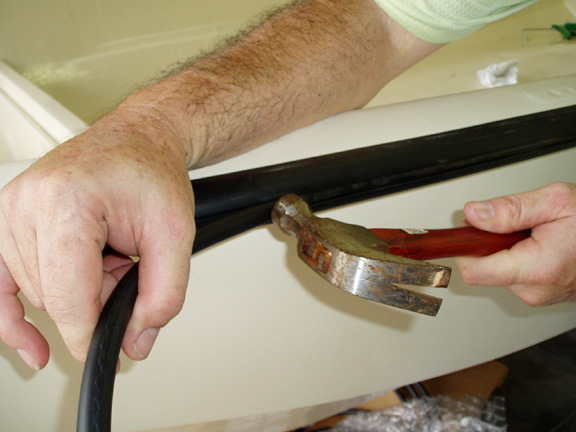

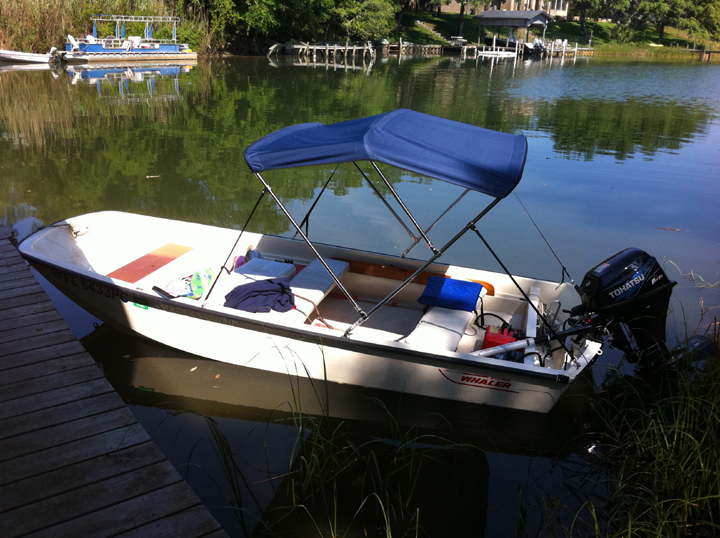
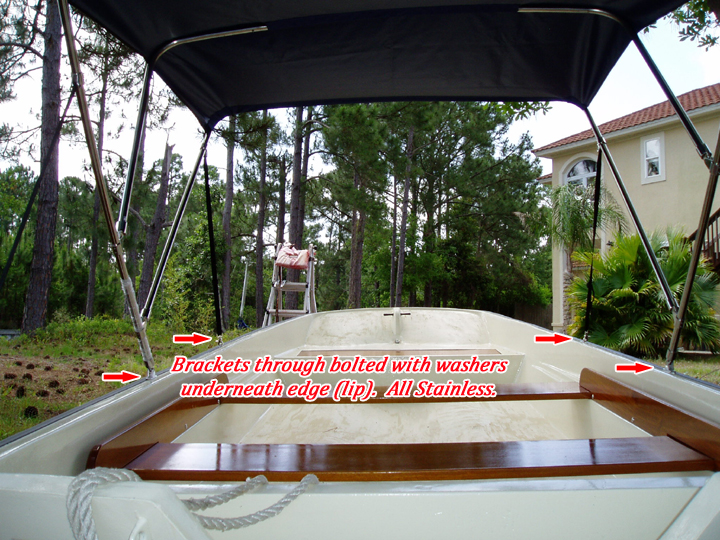


 Repairing larger holes in your Boston Whaler hull can be a little more involved than small dings, however, the process is still relatively simple.
Repairing larger holes in your Boston Whaler hull can be a little more involved than small dings, however, the process is still relatively simple.
